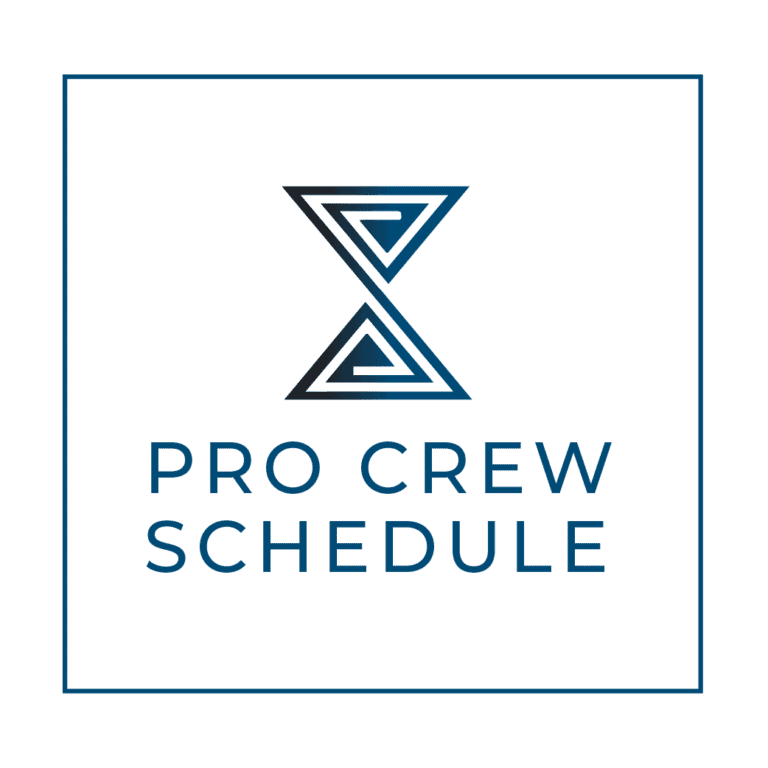Every contractor knows this feeling — no two days on-site ever go as planned. One minute you’re managing crews, and the next, you’re tracking missing materials or answering urgent calls. It’s part of the job, sure, but it wears on you.
Running a project means juggling people, budgets, materials, and time — all while keeping clients happy and crews safe. The truth is, even experienced contractors face a list of recurring frustrations that slow everything down and eat into profits.
These aren’t just surface-level problems; they’re the daily pain points most builders, project managers, and subcontractors share — and some practical ways to tackle them head-on.
1. Poor Communication Between Teams
On most job sites, miscommunication isn’t a rare occurrence — it’s a daily one. You’ve got foremen sending texts, office staff sending emails, and subs calling in updates that never get logged anywhere. Before long, crews are working off outdated info.
Why it happens:
- Updates sent through scattered channels.
- No single source of truth for team instructions.
- Office and field communication gaps.
Impact:
- Delayed tasks or duplicated work.
- Tension between crews.
- Reduced trust in leadership.
How to fix it:
The best fix starts with clarity. Keep all communication centralized, whether through a shared digital tool or a consistent reporting process. Encourage short daily briefings before crews begin work and document updates as they happen. When everyone hears the same thing, projects stay aligned and confusion fades fast.
2. Unclear Scheduling and Overlapping Tasks
Scheduling is where most projects win or lose time. The old method — printed calendars or Excel sheets — can’t keep up when projects shift daily.
Why it happens:
- Using outdated scheduling systems.
- Crew availability not updated in real-time.
- Last-minute changes not shared properly.
Impact:
- Idle workers or overlapping jobs.
- Bottlenecks that throw off other trades.
- Constant rescheduling stress.
How to fix it:
Move toward a live scheduling system that updates as projects move. Digital calendars, shared boards, or job tracking tools allow everyone to see what’s next, what’s delayed, and where they’re needed. It’s not about fancy software — it’s about giving everyone visibility.
3. Budget Overruns
Ask any contractor what keeps them up at night — nine times out of ten, it’s cost overruns. You start with a clean budget, but mid-project, small changes add up.
Why it happens:
- Missing records of small expenses.
- Poor tracking of labor hours and materials.
- Change orders not documented properly.
Impact:
- Shrinking profit margins.
- Disputes with clients over costs.
- Difficulty forecasting future projects.
How to fix it:
Make daily cost tracking part of your routine. Track time and material usage as they happen — not at the end of the week. A simple spreadsheet, time tracker, or field report can reveal early red flags. The goal isn’t to eliminate change orders, but to see them coming before they hit your bottom line.
4. Paperwork Overload
Permits, change orders, receipts — they pile up fast. Contractors often spend hours each week hunting for one missing document.
Why it happens:
- Storing everything manually.
- No consistent filing system.
- Important documents spread across emails and desks.
Impact:
- Lost paperwork and delays.
- Frustration for office admins.
- Slower decision-making and payments.
How to fix it:
Digitize your documents or move to a cloud-based system. Even simple online folders can keep everything organized. Create a clear naming system, set access levels for your team, and back everything up. Less paper means less clutter — and fewer “where’s that form?” moments.
5. Unreliable Subcontractors
Subs can make or break a project. When they’re great, everything runs smoothly. When they’re not, deadlines slip, quality drops, and the blame game starts.
Why it happens:
- No system for tracking performance.
- Poor communication of expectations.
- Lack of accountability in timelines.
Impact:
- Unpredictable work quality.
- Delays and cost increases.
- Client dissatisfaction.
How to fix it:
Set expectations from day one. Create clear scopes of work, deadlines, and progress checkpoints. Keep records of each sub’s performance — not for punishment, but to guide who you rehire in the future. Consistency in tracking leads to consistency in results.
6. Delayed Material Deliveries
Even one late delivery can push back an entire schedule. It’s frustrating, especially when your crew’s standing by waiting to work.
Why it happens:
- Poor coordination with suppliers.
- Inaccurate material counts.
- No tracking of what’s been ordered or delivered.
Impact:
- Downtime and wasted labor hours.
- Cash flow problems.
- Delayed project completion.
How to fix it:
Plan material needs early, and keep an updated log of orders and deliveries. Assign one person to monitor inventory levels and supplier timelines. Regular check-ins with vendors go a long way — most delays come from simple miscommunication.
7. Safety and Compliance Issues
Safety should never take a back seat. Yet, when schedules get tight, it’s the first thing that slips.
Why it happens:
- Inconsistent safety meetings.
- Poor record-keeping of incidents.
- Missing or outdated certifications.
Impact:
- On-site injuries.
- Penalties or stop-work orders.
- Lower crew morale.
How to fix it:
Make safety part of the daily routine, not just an occasional meeting. Keep digital logs of inspections, safety reports, and certifications. When documentation is easy to access, compliance becomes natural instead of a chore. It builds a culture of responsibility, not fear.
8. Client Communication Gaps
Clients aren’t on-site every day, but they still want to know what’s going on. Without regular updates, small concerns can grow into big misunderstandings.
Why it happens:
- Irregular or vague project updates.
- No clear communication channel with the client.
- Lack of visual progress reports.
Impact:
- Frustrated clients.
- Payment delays.
- Damaged relationships or referrals.
How to fix it:
Create a rhythm for updates — maybe once a week, or after each major milestone. Keep it short, visual, and clear. Photos, simple progress reports, and next-step summaries help clients stay confident and informed. Clear communication isn’t about saying more; it’s about saying enough to build trust.
9. Crew Attendance and Time Theft
It’s hard to manage labor when you’re not physically on every site. Relying on paper timesheets makes it easy for errors — or worse, inflated hours — to sneak in.
Why it happens:
- Manual tracking methods.
- No verification of start and end times.
- Limited visibility across multiple sites.
Impact:
- Higher labor costs.
- Inaccurate payroll.
- Lower accountability.
How to fix it:
Switch to verified check-ins, even if it’s just digital sign-ins with timestamps or photos. It’s not about mistrust — it’s about fairness. Everyone deserves credit for the work they actually do, and you deserve accurate data to plan better schedules and budgets.
10. Disorganized Task Management
Without clear task tracking, even simple jobs can spiral. Crews overlap, priorities get mixed, and no one’s sure what’s done and what’s next.
Why it happens:
- Tasks managed verbally or through texts.
- No shared project tracker.
- Unclear delegation of responsibilities.
Impact:
- Missed steps in workflow.
- Bottlenecks and confusion.
- Lower productivity overall.
How to fix it:
Use one consistent method to assign and monitor tasks — whether that’s a shared spreadsheet, whiteboard, or job tracking platform. The key is visibility. Everyone should be able to see their tasks and know how their work fits into the bigger project. It keeps the team focused and aligned.
Final Thoughts
Construction is full of moving parts. A single delay or miscommunication can ripple across the entire job. But with a bit of structure, better communication, and more consistent tracking, most of these frustrations can be avoided or minimized.
The best contractors aren’t the ones who never face problems — they’re the ones who build systems to manage them. When information flows clearly, schedules stay visible, and people know what’s expected, work becomes smoother, safer, and more predictable.
At the end of the day, less chaos means more time to focus on what matters — building strong teams, strong projects, and strong reputations.
Streamline your operations with Pro Crew Schedule — the all-in-one construction management software built by contractors, for contractors. Simplify communication, track progress, and manage crews like a pro.
Start your free demo today and take control of every project.







